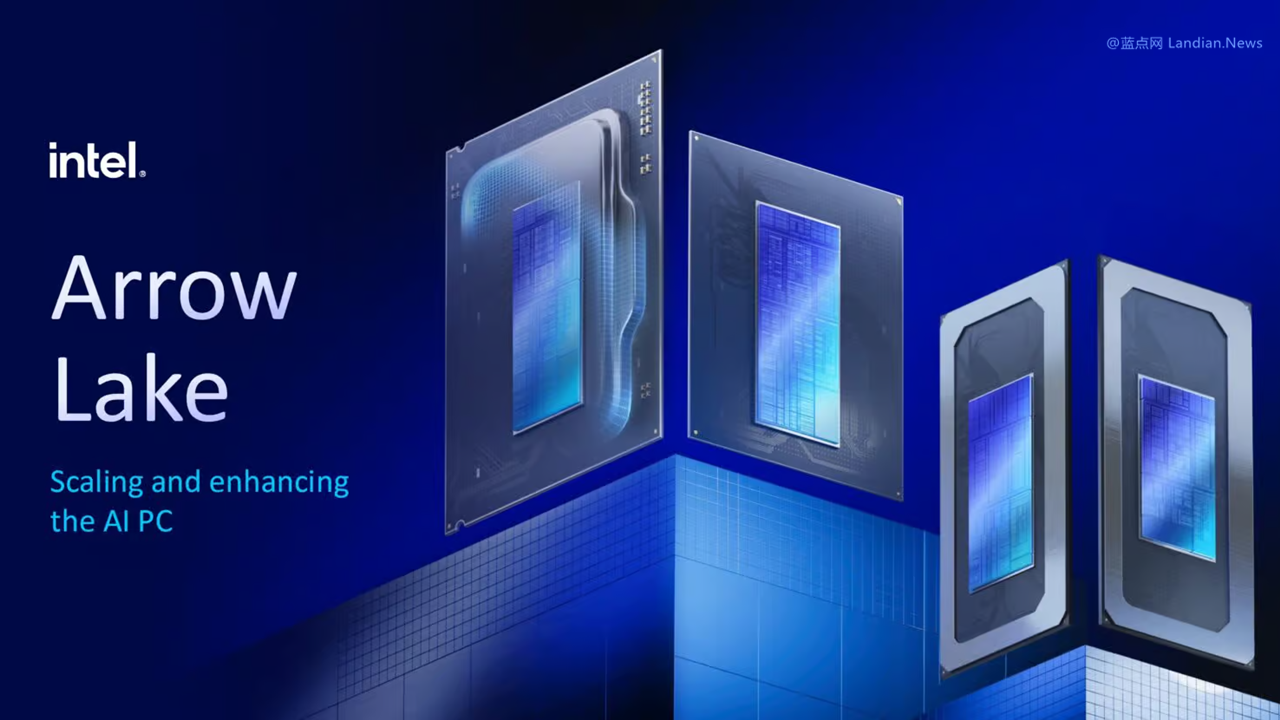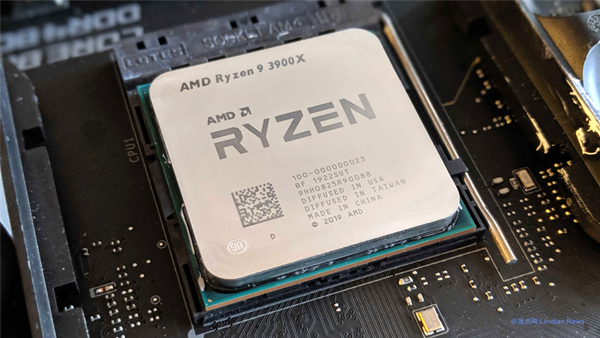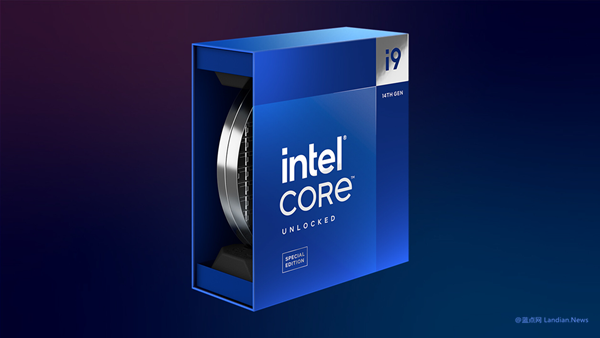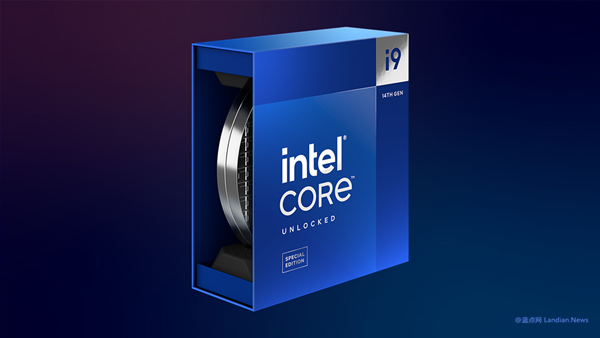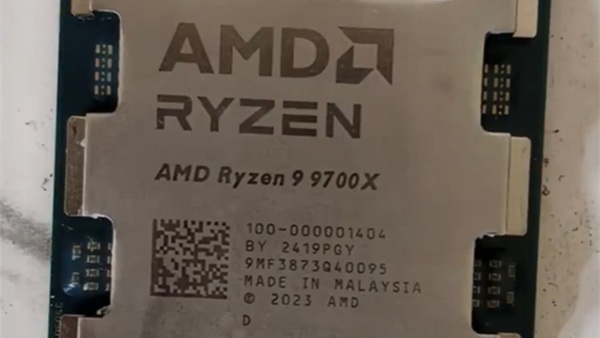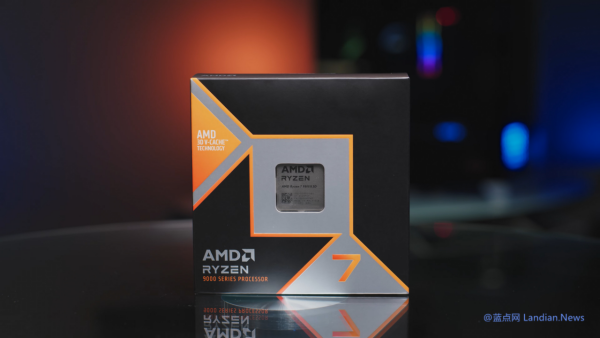Intel Caught Rebranding Old Architecture as New Products, Performance Remains Unchanged
Intel's latest Arrow Lake series processors, featuring a brand new architecture and a new socket, might lead consumers into a trap set by Intel: the data from benchmarking websites suggest that Intel might be selling old architectures under new names.
The upcoming Intel Core 200 series processors (without the Ultra suffix) seem not to utilize the Arrow Lake or Lunar Lake architecture. Although these processors share a similar naming scheme with the Intel Core Ultra 200 series, there is a significant difference in performance.
Data from the benchmarking website Crossmark shows the Intel Core 210H processor is equipped with 8 cores and 12 threads. However, neither Arrow Lake nor Lunar Lake architectures include hyper-threading technology, meaning each core is limited to a single thread.
This indicates that the Intel Core 210H is not based on Intel's latest CPU architecture but rather on a previous old architecture, merely rebranded with names like Intel Core XXX, sounding similar to Intel Core Ultra XXX.
This isn't the first time Intel has done this. Previously, Intel rebranded their Raptor Lake (13th generation processors) as the Meteor Lake brand and launched the Intel Core-U (1 series).
Tom’s Hardware suggests that the performance of the Intel Core 5 210H2 in benchmark tests is actually slightly lower than that of the Intel Core i5 12450H. Intel might quietly release these processors in the coming months, targeting them at lower-priced laptops.
It's important to note that, at least for now, these processors are only suitable for laptops. Desktop Allow Lake and mobile Lunar Lake use the same architecture, but Intel differentiates them in different ways.
The Intel Core Ultra 200S is an Arrow Lake architecture processor for desktops, while the Intel Core Ultra 200V is designed for laptops with the Lunar Lake processor. Intel also plans to release high-end Arrow Lake processors for laptops, marked with H or HX.
